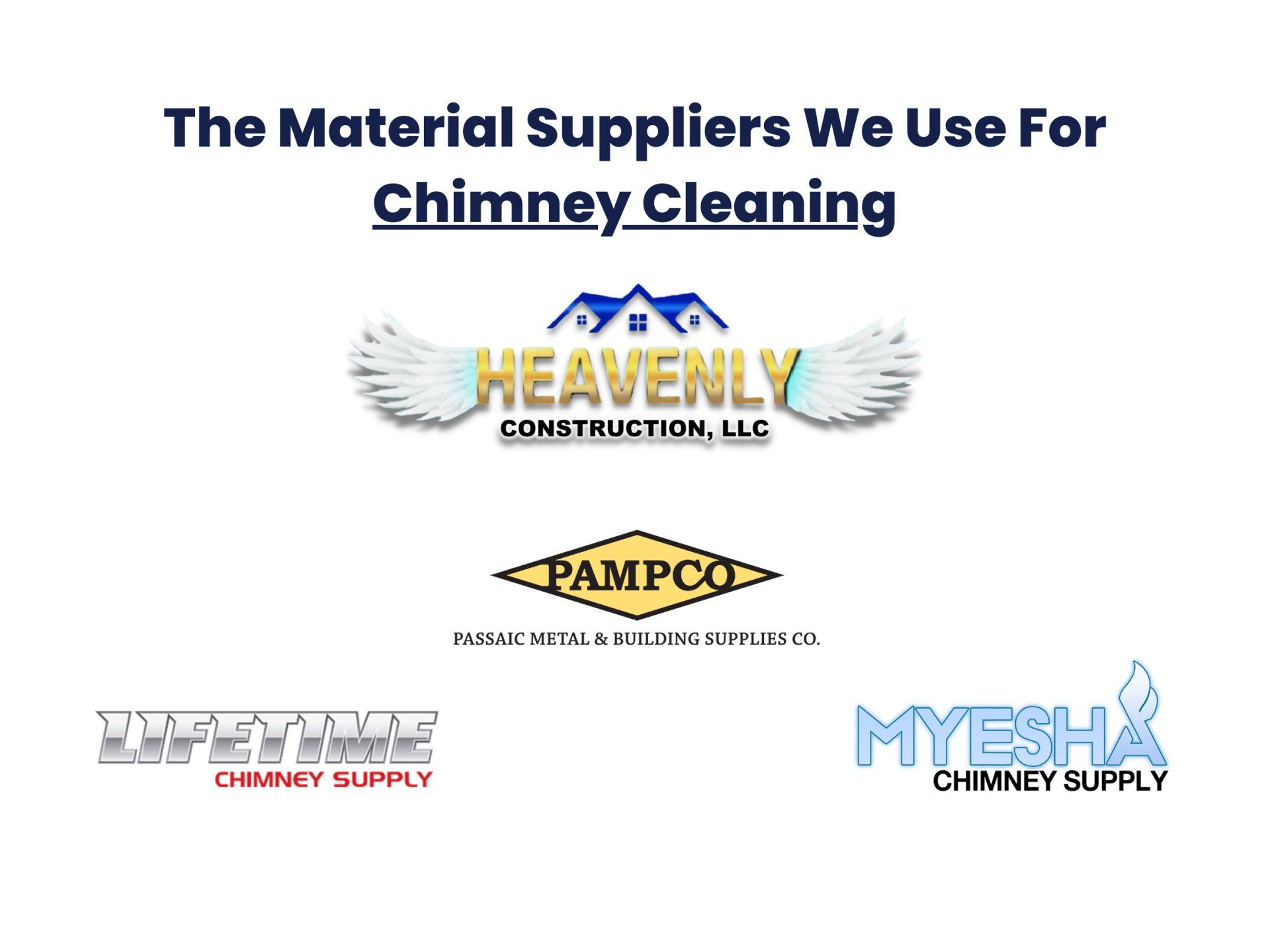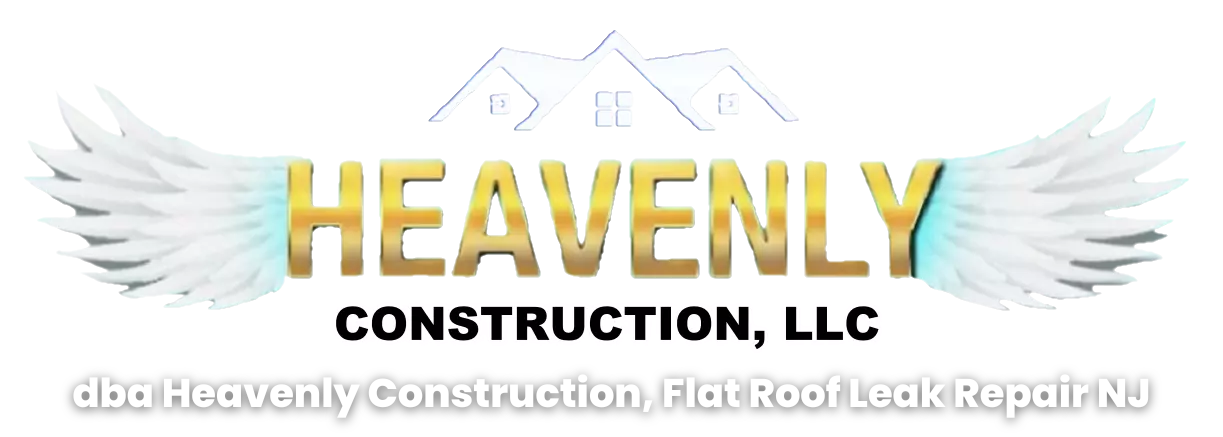Chimney Cleaning Professionals in NJ
It’s easy to forget how crucial maintaining a chimney is, regardless if you own a fireplace or not. Performing a chimney sweep without the proper knowledge or equipment could likely result in several problems if done incorrectly.
It’s important to remember that a chimney contributes to keeping your air clean and breathable. Any damage that impacts your duct has to be addressed immediately. Otherwise, you could be putting others at risk.
If your chimney requires cleaning, reach out to us, and we’ll have it sorted immediately. Our contractors follow all protocols from the CSIA – Chimney Safety Institute of America and have worked on thousands of jobs in this industry. We would be happy to walk you through the process of what this job entails.

Reasons For A Professional Chimney Sweep
We consider this service to be essential for all property owners that have noticed an increased buildup of ash and soot. This buildup can lead to carbon monoxide accumulation or downdrafts, both of which are dangerous. The carbon monoxide will prevent the proper flow of oxygen throughout your home, putting everyone inside at risk.
Downdrafts can be bad for all types of buildings. They can pull smoke and gasses from the fire back into the flue of your chimney. This means that the smoke and gasses will stay in your home instead of going up and out. This will result in carbon monoxide poisoning, along with carbon build-up inside your chimney flue which can risk an uncontained fire.
With our comprehensive chimney sweep service, we also provide carbon monoxide testing so you can be sure your home is protected from dangerous levels of gas. With this all-inclusive solution, there's no need for extra appointments.
Chimney Cleaning Process
Step One - We begin by inspecting the fireplace, where we check for any obstructions or cracks within the flue liner so that they can be fixed beforehand.
Step Two - Next, our team will brush out all loose materials inside the chimney’s chamber and start a small fire so that we can inspect how much creosote has built up in the flue.
Step Three - After this step, we then proceed to use powerful vacuum equipment to remove deposits while brushing any remaining build-up away with specialized tools.
Step Four - Lastly, we seal off any gaps or holes around your chimney before inspecting it again to ensure proper work was completed afterward.
Signs That Your Chimney May Be Damaged
These issues could impact the way your chimney works and set you up for carbon monoxide poisoning or carbon buildup inside your flue:
Carbon formation - carbon monoxide poisoning; carbon build-up.
Downdrafts - downdrafts (reverse).
Overheated flues - Causes cracks/damage to the liner.
The Dangers Of Carbon Monoxide
Certain signs that you might suffer from poor air quality may include; headaches, flu-like symptoms, increased heart rate, difficulty breathing, or increased blood pressure. If you experience any of these symptoms, please contact us immediately. Letting it go untreated can result in worse cases which may require hospitalization.
If you are experiencing carbon monoxide poisoning or too much carbon build-up in your flue, it is important to schedule an appointment with us. We can address these problems before they become bigger and more expensive to fix. We would also like you to remember that carbon monoxide has no color, no odor, and is completely undetectable by humans unless it is tested for.
What Happens When You Neglect A Chimney
The carbon buildup you see in your flue liner may be due to high amounts of carbon soot, ash, and creosote which are building up over time because the system is not working properly. Creosote build-up typically happens when the top damper in your chimney is open while a fire burns. This allows hot gases to flow outside rather than venting into the chimney flue where they will then cool off and turn into carbon or carbon monoxide.
We provide carbon monoxide testing for anybody who has experienced carbon issues within their property which can benefit you in this situation if it exists. If carbon monoxide is present, it can quickly build up inside your house because carbon monoxide is highly flammable which means that lighting any kind of fire will risk carbon poisoning.
The Benefits Of Hiring A Chimney Sweep
Hiring us to clean out your chimney ensures that this build-up does not happen again. In addition, we will inspect your flue for any cracks or holes so they can be sealed up before carbon monoxide worsens.
Our services include installing chimney caps, preventing wildlife from entering your chimney system, and creating nests inside the top damper. Removing the debris blocking the airflow can resolve your issues with downdrafts and prevent dangerous carbon monoxide poisoning if you have lit a fire.
We offer yearly maintenance plans, and emergency service calls for people experiencing issues with their chimneys. In addition, our professional service keeps your property safe from any carbon monoxide build-up caused by fireplace use or wildlife interference.
Please help us keep your family safe by making sure that our chimney services are included in your yearly maintenance plans so that we can catch these problems before they become too significant to handle on your own. We offer regular chimney sweeps and emergency services for people who need assistance immediately after notifying us of an issue. We recommend having a maintenance plan for your chimney every year.
It would be best to have someone inspect your flue regularly to ensure no disruptions or problems. However, if you experience downdrafts, overheated flues, or high amounts of carbon build-up in your chimney, call us immediately to help before these hazards become too large of an issue for you to handle on your own.
Common Questions About Chimney Cleaning
Here are some of the most frequently asked questions we receive about chimney sweeps.

